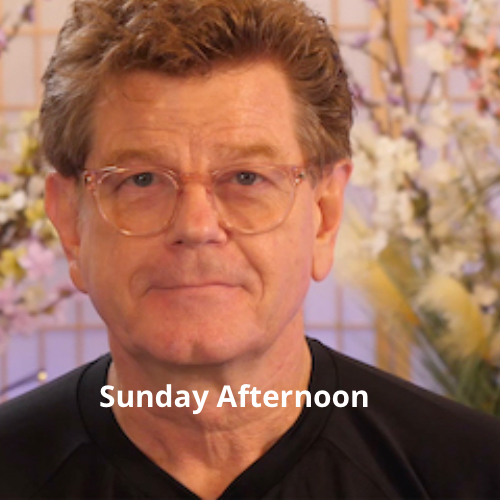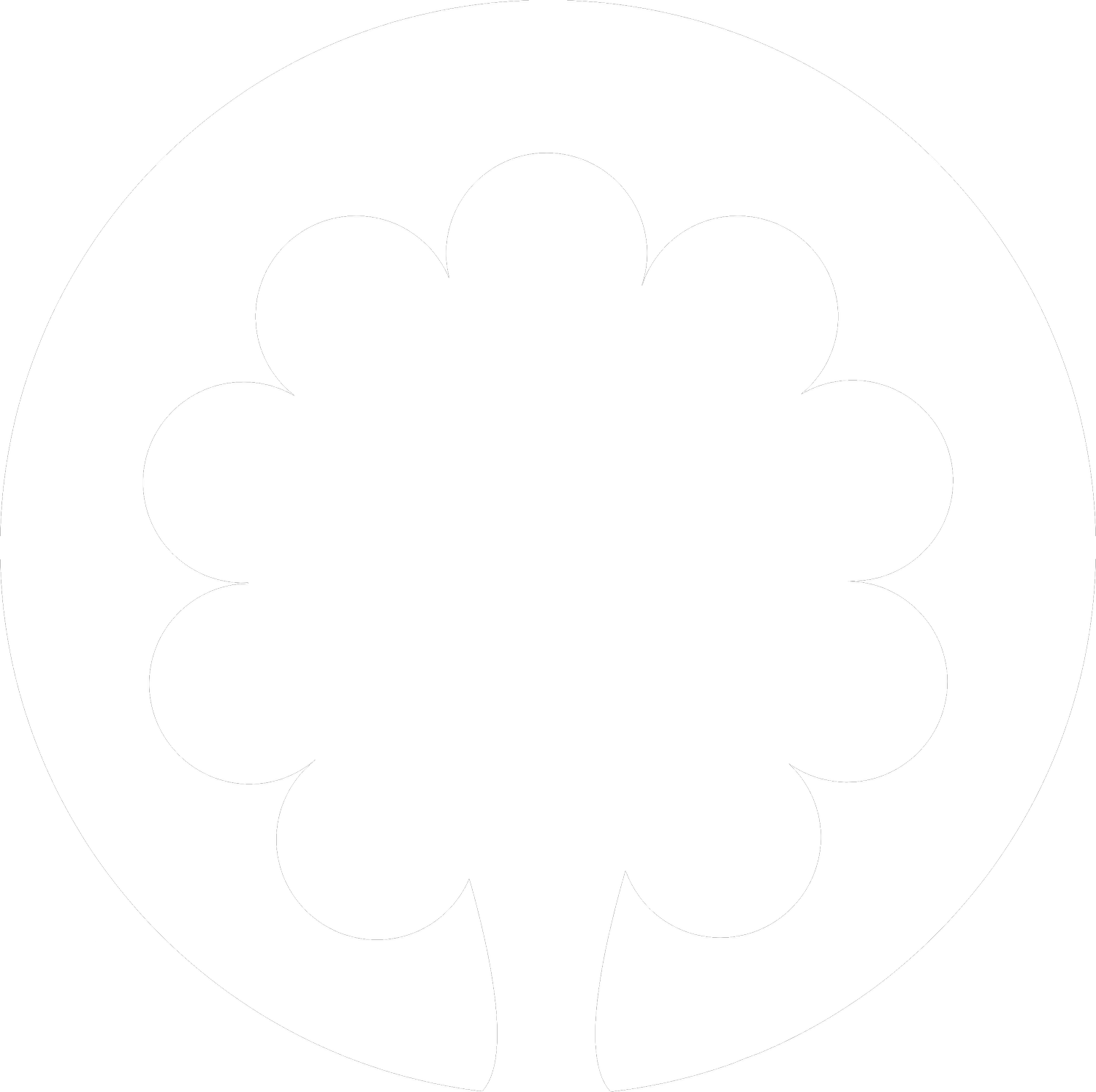
with Doug Keller
Sun 21 Jul 2024
Studio
2:00pm
3hrs
How to recognise and assess common imbalances in posture and movement (and how to address them).
For teachers and trainees.
- £60 -
The Therapeutic Wisdom of Yoga: rediscovering Yoga through new perspectives on a wisdom tradition.
We all have our own unique patterns of movement and posture, and having insights into them is key to understanding and working with our pain patterns when and if they arise.
Based on what was covered through the weekend, we’re going to take a closer look at how to recognize and assess common imbalances in posture and movement that are at the root of many chronic pain patterns, and how to address them through remedial exercises and in yoga practice. This will apply for self-assessment, or as tools for teachers to recognize key features that provide insights into common pain complaints and limitations encountered by students.
This will be less of an asana session, but will be very active, with explorations of helpful remedial exercises as well as deeper experiential insights into key poses — a great way to wrap up the learning from the weekend!
About Doug :
Learning.
I came to teach hatha yoga by way of the yoga of meditation and years of academic study of philosophy, both eastern and western.
In my studies of philosophy at the School of Foreign Service at Georgetown and in my graduate work at Fordham University, I gravitated toward the senior Jesuit scholars whose excellence, open-minded intellectual zeal, spiritual fervor and personal integrity inspired me to dig deeply into my own studies, particularly of the classical philosophers and Christian mystics, and treat them as a personal journey of discovery.
As I completed my coursework for my PhD and taught at several colleges, I was increasingly aware that I was looking for more than philosophical ideas and systems -- I was looking for the experience itself that the mystics were talking about.
Midway through my studies at Fordham, I met the meditation master Swami Muktananda during his last tour of the west, and he gave me the connection, the practice, the awakening and the understanding I was seeking.
With that, it was up to me to step through the door he had opened, not through concepts and theories, but through yoga. The next couple of years combined disciplined academic study with a deepening experiential practice. I halted my academic career just short of writing my thesis, and went to India in 1986 to practice yoga at his ashram and to offer my service.
I spent a total of 7 years in the Ganeshpuri ashram, Gurudev Siddha Peeth, and 14 years of service overall in Siddha Yoga ashrams in the US and abroad, studying and practicing yoga, working in the kitchen and gardens, and teaching hatha yoga.
It was during my time in Ganeshpuri that I met John Friend while he was yet an Iyengar teacher who had come to study in Pune. We struck up a friendship and I was able to practice with him when I came back to the states, study further with him, and assist in his classes, workshops and trainings for the next few years.
This opportunity came to be combined with opportunities to train with other teachers as well, broadening my experience and understanding of the roots of Modern Hatha Yoga practice — its different styles as well as its common roots.
Yoga.
The time of my growth in the practice of hatha yoga was divided between individual practice at the ashram in India, and opportunities to study with teachers and expand during time spent at the ashram in New York state. There I was able to study with other teachers and in a number of styles — but principally with Kevin Gardiner, who is a certified senior level Iyengar teacher.
Kevin was the most influential to me in my growth, because of his deep insight into anatomy and physiology, his facility with precise instruction and demonstration, and the integrity with which he stays true to his chosen tradition, exploring its depth while exercising his own very individual and discriminating intellect, manifesting the heart of a yogi in his practice and teaching.
Yet because my own path was more closely tied to Siddha Yoga at the time, I was more deeply involved in the development of the Anusara system. John Friend shared with me the evolution of his thinking based principally upon the alignment teachings of the Iyengar system, and his synthesis of those teachings eventually manifested as the Anusara style of yoga he founded in 1997. I was one of the first teachers certified as an Anusara teacher by John Friend, and taught in the Anusara style for over 7 years.
At his suggestion, early on I wrote Anusara Yoga: Hatha Yoga in the Anusara Style and continued to develop that book until Mr. Friend chose to consolidate his authority over the system and discouraged its further use among teachers seeking certification in his style.
Despite his own change of heart toward the book, it remains helpful to old_people who wish to continue to practice according to the principles of Anusara — and for that reason I continue to offer the book as a free download, which is available to you in the bookstore.
As part of Mr. Friend's process of consolidation I was forced to give up my certification in that style. This freed me to further deepen my study and understanding of the health-oriented wisdom of yoga as well as well as explore the yoga tradition as a whole outside of the confines of the Anusara system.
Vision.
In addition to teaching the postural practice of hatha yoga as well as pranayama and meditation, I have chosen as my focus on sharing insights into what yoga has to offer as wisdom in the face of chronic pain and health issues, which is an evolving field that promises to be a vital part of the future of yoga.
The expansion of yoga beyond the practices taught in more ancient times is, to me, an expression of the freedom at the heart of yoga and of consciousness itself.
This freedom was described in tantric philosophy as not simply 'liberation' or 'moksha,' but 'Swatantrya' — the freedom of Consciousness to expand and create through its own inspiration.
Essential to this was an appreciation of our individual self as 'ahamkara' — literally the 'I-maker.' It is a term that recognizes that the 'self' is a process of 'making,' and this opened avenues for practices that sought a more healthy, integrated emphasis upon living a spiritual life within and accepting of the body.
This concept itself is something that has slowly evolved, and has arguably come to include Modern Yoga's emphasis upon health and well-being as part of the aim of yoga — which includes emotional well-being, and a well-adjusted attitude toward the world that includes social concern.
I found the essence of this inspiration to be expressed by Swami Muktananda, who first initiated my journey into yoga: 'God dwells within you, as you, for you. See God in yourself and in each other.'
Yoga concerns our own relationship to the Self from whom we came as well as our relationship to the self we are coming to be. It is deeply personal, experiential, and ultimately unmediated by any system of conceptual thought. The teachings of yoga simply provide us with the introduction to our own Self — in both senses. To experientially realize that these 'two' are not really separate is the essence of spiritual breakthrough.
That 'breakthrough' is what the Christian mystic Meister Eckhart (14th century) described as the breakthrough into our own heart, where the Divine most fully dwells. This is the teaching I want to share, along with the practices and means offered by yoga to support that journey.
** Practical Bits **
Wear and bring -
Due to the nature of the Crescent Bakery building, it's ideal to wear layers of clothing for cooler / warmer fluctuations.
Staying over for courses / workshops -
Looking for somewhere to stay near the studio? Click here for more info - https://www.orangeyoga.co.uk/staying-over
Cancellations -
Please note Workshops will be refunded only if we can find someone to take your place. Obviously, we will take account of exceptional circumstances. If you have chosen to pay in instalments, payments to completion will still be due. Please contact reception at studio@orangeyoga.co.uk and we’ll be happy to help.
